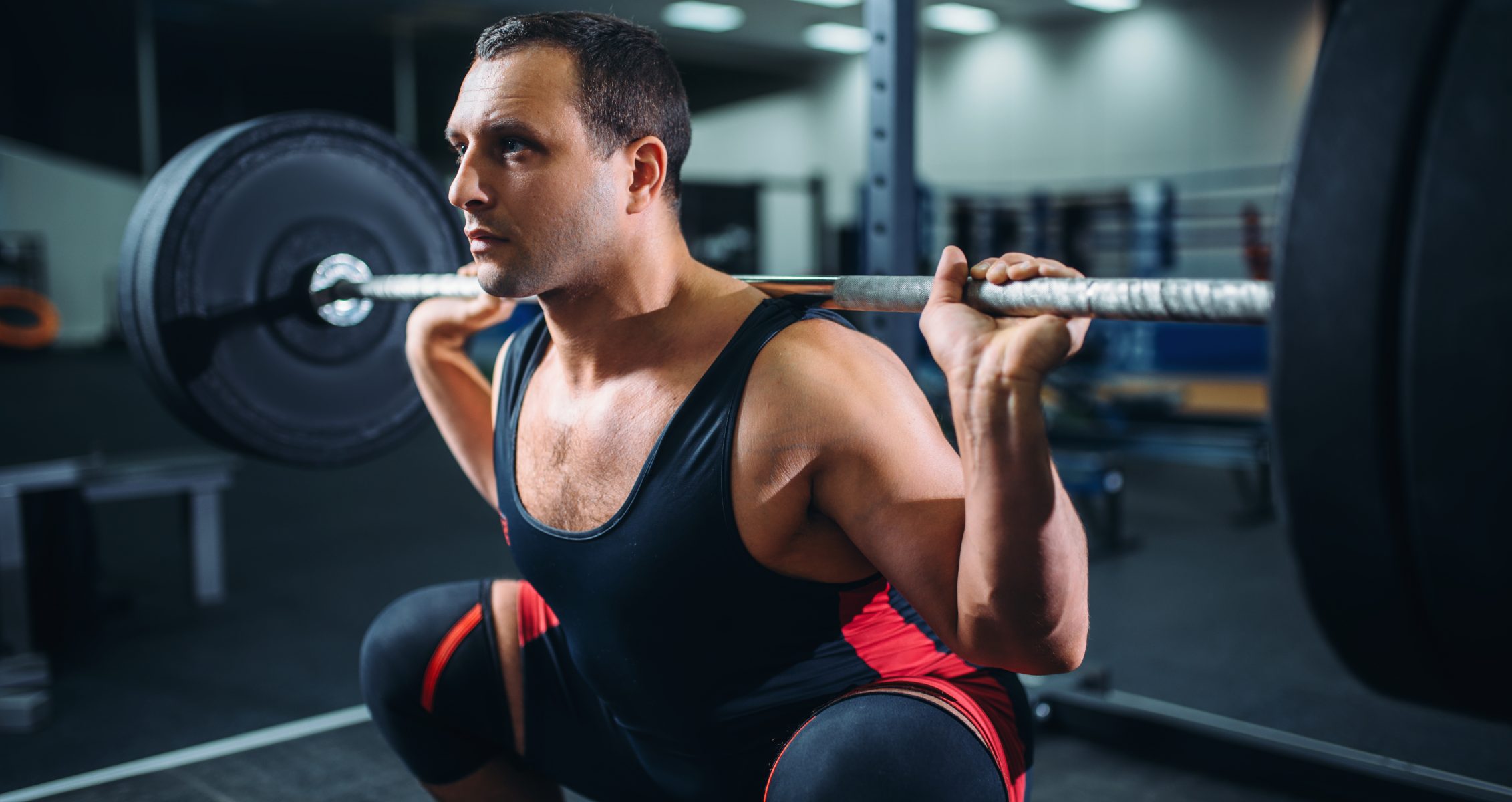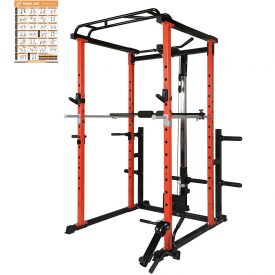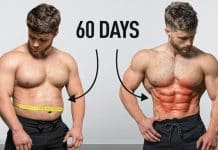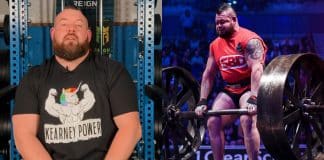Where did the squat originate from?
Squats are widely considered the king of all exercises. As one of the big three compound movements, it is not a secret that the squat is perhaps one of the best exercises to use for overall strength and fitness. There’s a reason you see the lift performed by almost any and every athlete from numerous sporting backgrounds. It recruits a load of muscles such as the quads, hamstrings, and glutes, making it a great compound exercise. But aside from being an essential exercise to build up you legs, the squat can help build and strengthen your core, lower back, and even your arms. The can make your movements explosive and give you the edge in any sport. But where did it all start?
Let’s take a look at the history of the squat.
The Barbell Squat Origins
Eugene Sandow has had a major influence on modern day bodybuilding and weightlifting, hence the reason the trophy at the Mr. Olympia is named after him. In fact, the man is considered to be the world’s first bodybuilder. In an era where powerlifting and strongman competitions were still confined to circus acts, the lifters had handlebar mustaches, and the dumbbells were just a rod with a ball on each end. Sandow wasn’t merely a power lifter, but had a physical form unlike any man of his time, and he has greatly influenced the modern sport of bodybuilding, as well as strength sports. Sandow hosted bodybuilding competitions as well as wrote on the subject of weightlifting and bodybuilding. In his book he described an exercise that sounded very similar to the modern day squat..
Before Sandow was considered the father of bodybuilding he trained under a man known as the Professor, Louis Attila. This man was ahead of his time when it came to weightlifting and exercise and opened his own gymnasium so that other like minded individuals could train their bodies and become bigger, stronger versions of themselves. This is where he met Eugene Sandow and passed on the knowledge of many different weightlifting techniques, presumably including the squat as well.
Bodybuilding.com knows their stuff and they’ve produced a pretty interesting documentary in honor of the squat. Take a look at what they were able to dig up about the squat and open up your mind to the history of the world’s greatest exercise.
How to Perform a Squat
Now that you have seen the history, let’s take a look at how to perform a proper barbell squat.
Start Right
Believe it or not, the squats start before you actually get under the bar. How and where you place the bar on your shoulders can determine the quality of the exercise. High and low bar positions are the two most popular ways of placing the barbell on your back.
High bar squats are where the bar sits higher up on the traps, as opposed to low bar squats where the bar rests across the rear deltoids, or even maybe slightly lower. Low bar recruits more hamstrings and glutes and high bar recruits more of the quads.
Un-racking and Foot Placement
Too often do people make the mistake of un-racking the barbell in a lunging position, but both your feet should be under the bar as you go for the lift-off. While the foot placement might not make a difference in the beginning, it’ll prove it’s worth as you lift heavier weights.
Once the bar is un-racked, you need to get in position by your second step. The first step-back should be to get at a comfortable distance from the rack, and the second should be to get in position for the squat. You don’t need to take 5-10 steps to get in position, as that will put you too far out from the rack and when you are on your way back you could trip or miss the re-rack, leading to injury.
As far as foot placement during the squat, you often times will see people messing up this step; they either keep their feet too close or too wide. In a normal squat, your feet should be directly under your shoulders and pointing at 1 o’clock.
Do the Squat
We have all seen someone who bends forward while performing the squats so much so that their upper body is almost parallel to the floor at the bottom of the movement, and it makes you wonder how their back can take that. But, keep in mind that you do not want to be performing a good morning when you are squatting. This can result in lower back injury, or even other injuries that will put you out of the gym for long periods of time. If you can’t help but lean forward while squatting, you should consider dropping down the weights to focus on your form and really nail it. It is far better to have good form and lower weight, than injury-prone form and heavy weight.
Another trick to squatting properly is to keep your chest out and look at the ceiling. Forcing your upper body to remain straight throughout the lift can take some getting used to. Warming up and stretching before squatting can also help improve your form.
The Best Squat Rack and Barbell
So now that you have seen the history of the squat, read how to perform the squat, let’s take a look at the best equipment for you to use during the squat. Whether you are stocking up a home gym or looking to fill a commercial gym, this equipment can help.
RitFit Power Cage
RitFit Power Cage is a heavy-duty and stable rack with 12 variable positions to allow for many big lifts.
RitFit Power Cage holds up to 1,000 lbs. with two steel and durable uprights. Heavy duty and stable, this rack allows for 12 variable positions so you can lift freely and enjoy those big lifts. The option for a lat pull down system is also great for those added exercises and you will handle all your lifting needs with this power cage.
Price: $639.99
Iron Bull Strength Competition Barbell
Take down any workout with this amazing piece of equipment. From barbell squats to bicep curls, the Iron Bull Strength Competition Barbell is the piece of equipment you need.
The Iron Bull Strength Competition Barbell is our favorite piece of equipment in this category, as it boasts a set of features that make it stand out in the competitive market of fitness equipment. One of the key elements is the high-quality stainless steel construction, which contributes to the barbell’s durability and longevity, so you know you will be hitting those PRs for as long as you can. The bar typically comes with a specified weight capacity, and users appreciate the reliability of the barbell in handling heavy loads, so feel free to hit your deadlift PR without any hesitation.
Aside from that, it is known for its well-defined and consistent knurling pattern, providing users with a secure grip without causing discomfort or abrasion to the hands. When it comes to bar whip, and the Iron Bull Strength Competition Barbell strikes a balance that caters to a broad range of users with its 200,000 PSI stainless steel precisely engaged for the perfect whip.
Price: $325.00
Read the full review for the Iron Bull Strength Competition Barbell here.
Wrap Up
Overall, the history of the squat is quite interesting and it is incredible to see how widely used the movement still is. Equipment evolves, training routines evolve, but the squat remains a staple exercise.
What’s your thoughts on the king of exercises? Let us know in the comments below and be sure to follow Generation Iron on Facebook and Twitter.

















